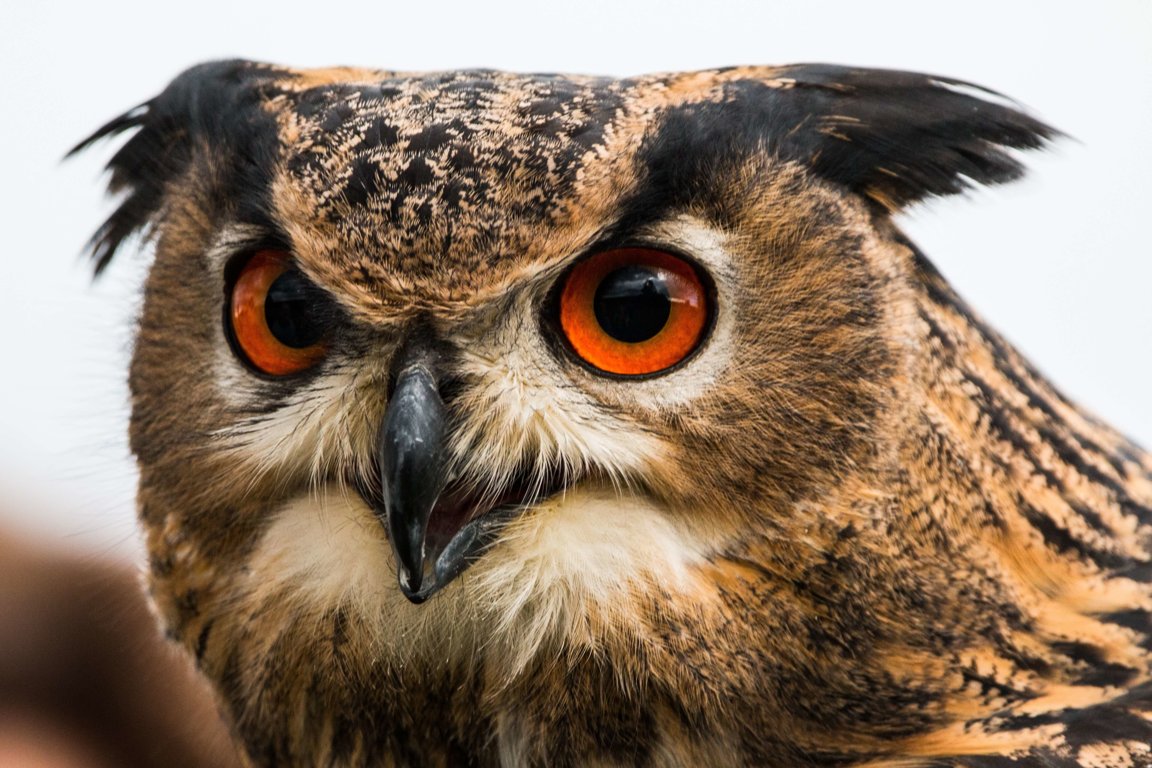International Owl Awareness Day 2025 is on August 4. It is a day to learn about owls. This day helps people appreciate these special birds. It shines light on why owls matter.
It also warns that many owls face danger. Habitat loss, pollution and poisons harm them. A third of owl species are in decline. That is why this day is so important.
It invites teachers, children and adults to join in. People visit owl centres and sanctuaries. They participate in owl arts, night walks, and talks. Many groups share posts and simple activities online.
The focus is always on conservation and owl care. The message is clear: respect owls and protect their homes. In this article, we will look at ten amazing facts about owls.
10 Amazing Facts about Owls

- Owls fly almost silently. Their wing feathers have serrated edges that hush the sound of air rushing.
- Many owls (like barn owls and great grey owls) have ears set at different heights. This helps them locate prey in full darkness.
- Owls can turn their heads about 270° without injury. Their neck bones and blood vessels are special.
- They often swallow small prey whole. Later, they cough up pellets of bones, fur, and feathers.
- Owl eyes are tube‑shaped and locked in place. To see around, they must turn their heads.
- Owls live on every continent except Antarctica, in forests, deserts, and tundra.
- A group of owls is called a parliament.
- A pair of barn owls can eat over 3,000 rodents during a nesting season, which is helpful for farmers.
- Great grey owls can detect prey beneath deep snow by sound alone—and dive through it!
- Many species have mottled plumage that blends perfectly with tree bark or rocks. This camouflage helps them stay hidden while hunting or resting.
What is International Owl Awareness Day?
International Owl Awareness Day is observed annually on August 4th. It is a global event to raise awareness of owls, their special traits, and the threats they face, such as habitat loss and poisoning by rodenticides coming from our actions.
Organisations such as the International Owl Centre, the American Eagle Foundation, and others lead educational programmes, livestreams, live-owl events, and campaigns promoting safe rodent control and habitat preservation.
Owl Species, Locations, and Their Conservation Status
| Species | Location / Range | Endangered? | IUCN Status |
| Barn Owl (Tyto alba) | Most continents, except polar/forest zones | No | Least Concern |
| Great Horned Owl (Bubo virginianus) | North & South America | No | Least Concern |
| Eurasian Eagle Owl (Bubo bubo) | Europe, Asia, parts of the Middle East | No | Least Concern |
| Snowy Owl Bubo (scandiacus) | Arctic and winter in North America | Declining | Vulnerable |
| Spotted Owl (Strix occidentalis) | Western North America (USA, Canada, Mexico) | Yes* | Near Threatened |
| Forest Owlet (Athene blewitti) | Central India | Yes | Endangered |
Conclusion
International Owl Awareness Day invites us to notice the beauty and value of owls. It is a special day on August 4. People around the world focus on these quiet hunters.
Some owls can turn their heads nearly 270°, yet they remain mysterious to many. Every year, we lose parts of their homes. The American Bird Conservancy and Partners in Flight report that one-third or more of native owl species are in decline.
This reminds us that owls need our help. One way is to avoid poisons. Another is to build owl‑safe nest boxes. We can also visit owl centres or take part in local events.
Comments
All Comments (0)
Join the conversation